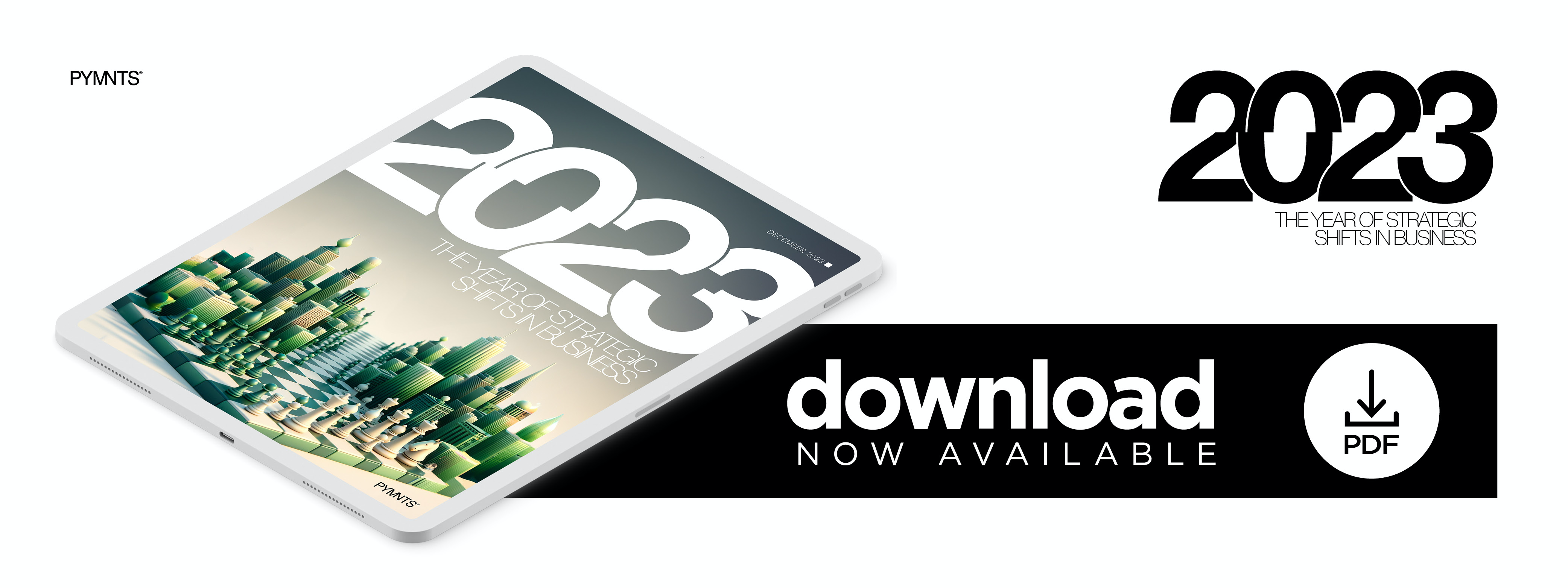Data Collaboration: Unlocking Growth and Efficiency in 2024

PYMNTS asked industry executives across the payments and digital commerce landscape to give us their take on the pivotal shifts, technological advancements and strategies that have shaped business in 2023. Their responses show critical trendlines to watch in the new year. Jehan Luth, founder and CEO of Banyan, says payment interoperability and data will be key in 2024.
We entered 2023 facing rising interest rates, inflation and growing recession uncertainty. Even with these challenges, many payments businesses — merchants, card issuers and service providers — showed resilience and growth. Key growth drivers included reducing payment friction, creating personalized card experiences, and a focus on data collaborations. In 2024, these strategies will remain pivotal for success.
Interoperability Reduces Friction and Sparks Innovation
The launch of the FedNow® Service in 2023, aimed at enhancing B2B payments and competition (with the RTP® Network), has set the stage for real-time payments adoption. However, a key adoption factor to watch is whether industry players can solve for interoperability — the degree to which payment systems directly connect and communicate efficiently with each other. Interoperability has proven to be a catalyst for value-creation elsewhere, such as in the card payments space. An example is Banyan’s data infrastructure platform that can enable any merchant and any financial institution to easily collaborate with many other partners on a range of use cases that activate receipt data and card transaction data.
Personalized Experiences Drive Spending
In 2024, we’ll see a continued trend of personalized and contextualized payment experiences. Merchants and card issuers will adapt to better meet evolving consumer expectations, as was seen in 2023 in the restaurant sector. Leading restaurants leveraged precision payment card promotions — such as offers to drive spend in select menu categories — to spark trial and loyalty behaviors.
Data Collaborations for Growth
Innovative data collaborations emerged in 2023, offering speed, differentiation and operational efficiency. Merchant use cases that gained traction included leveraging item-level receipt data to expand merchant and manufacturer-funded rewards and promotions in bank cardmember marketing channels, as well as the use of precision receipt data to mitigate payment card fraud, disputes and chargebacks. Given merchants’ need for growth, efficiency and adaptability, we expect to see continued demand for data collaborations that open new channels and enhance the payments experience for employees and customers alike.
As we move ahead in 2024, Banyan’s focus is on helping merchants better use their item-level receipt data to open revenue growth and operating efficiencies. Our infrastructure platform is a simple, secure and fast way to connect with other businesses to power a variety of receipt data collaborations at scale. By continuing to invest in our platform, we can do our part to support the flexibility and adaptability that merchants and their financial institution partners desire to navigate marketplace change in 2024.
